Resources
AgSpeak Blog
Explore the AgSpeak Blog for expert agricultural resources.
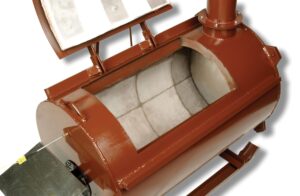
Animal Mortality Disposal Options
Animal mortality disposal options Animal mortality losses are a normal part of poultry and livestock production. Mortality can occur due to disease, accidents, inter-animal competition or natural disasters such as flooding. It is crucial to have a mortality management plan in place before a death occurs. Disposal should take place as soon as possible in…
Read More
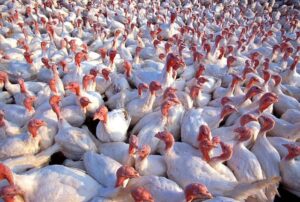
Discovering light’s effect on turkey hens
There's been abundant research on how lighting effects chicken reproductivity and behavior, but not much is known about how lighting effects turkey hen reproduction. A research project at Pennsylvania State University will use advanced imaging technology to pinpoint the brain areas responsible for regulating the seasonal cycle in turkey hen reproduction. “What we’re trying to…
Read More
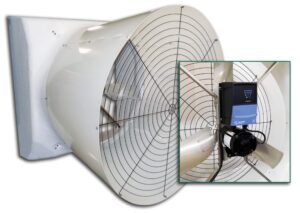
Variable Speed Ventilation
https://www.youtube.com/watch?v=WiXwWOIjJ5I Variable speed fans have been on the market for many years, but only recently have they become a flexible choice for poultry barns. We lay out some of their uses in this webinar, check it out! Subscribe to our blog! [grid-1-3] [email-subscribers namefield="YES" desc="" group="Public"] [/grid-1-3]
Read More

HOW TO CONTROL AMMONIA IN POULTY BARNS
HOW TO CONTROL AMMONIA IN POULTY BARNS One of the biggest complaints at a poultry barn is ammonia in the bird area. The ammonia in a poultry barns not only smells, but can also have harmful effects for both the birds in the barn and the workers who take care of the birds. Understanding how…
Read More
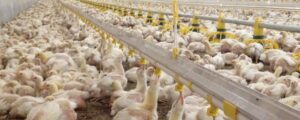
HOW TO CONTROL AMMONIA IN POULTY BARNS
HOW TO CONTROL AMMONIA IN POULTY BARNS One of the biggest complaints at a poultry barn is ammonia in the bird area. The ammonia in a poultry barns not only smells, but can also have harmful effects for both the birds in the barn and the workers who take care of the birds. Understanding how…
Read More

Preventing Heat Stress – Air Speed
https://youtu.be/xPw-2piuHco
Read More
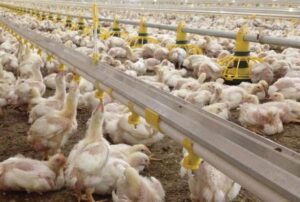
Infographic: Water Usage Vs. Water Consumption
Coming into spring and warmer weather, you should expect to see an uptick in water usage. Water is necessary for both the birds and the environmental regulation in the house, so it is important that growers are ready with adequate water supply and water quality. While water consumption is arguably the most important factor in…
Read More
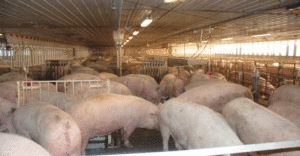
NON-NEGOTIABLE POINTS FOR HEALTHY PIGLETS
NON-NEGOTIABLE POINTS FOR HEALTHY PIGLETS Several factors influence piglets’ health during lactation, making this a challenging phase. The present article will discuss the main points related to their development, presenting some non-negotiable actions that should be practice in routine. Colostrum and milk yield. Sows’ capacity to produce colostrum and milk and is related to genetic…
Read More
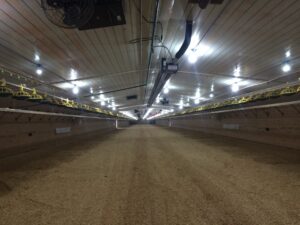
Photometric Flicker and the impact on poultry performance
Photometric Flicker and the impact on poultry performance Photometric flicker is the rapid change in light intensity from a light source and is caused by three effects. The first is light density flicker which is caused by changes to brightness levels caused by a light source such as a bulb, fluorescent tube, or LEDs, powered…
Read More
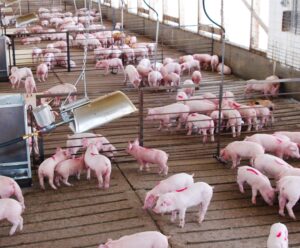
MAIN CAUSES, CONSEQUENCES, AND SOLUTIONS FOR POOR AIR QUALITY
Poor air quality impacts not only animals but also human health and welfare. Gases released by animals and equipment, dust, and airborne microorganisms, when in high concentration, may contribute to the occurrence of diseases. This article will discuss the leading causes, consequences, and solutions for poor air quality in swine production. Gases Ammonia, carbon monoxide…
Read More
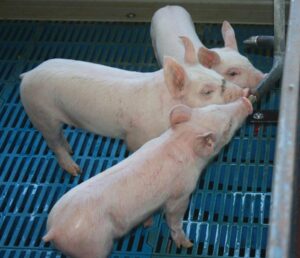
Water Quality for Pigs
The swine industry recognizes that water requirement intake and flow rate are crucial to pig performance and farm management. Still, water evaluation is frequently based on subjective monitoring of physical properties like smell, color, temperature, and taste. However, water quality also includes chemical and microbiological characteristics that must be considered and assessed. Mineral composition, conductivity,…
Read More
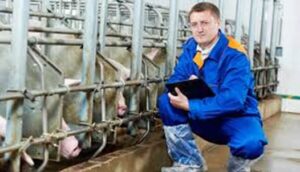
5 Biosecurity Practices Everyone Should Follow
5 Biosecurity Practices Everyone Should Follow Biosecurity refers to procedures used to prevent the introduction and spread of disease-causing organisms in livestock farm sites. We need to undertake biosecurity measures to minimize the risk of disease to livestock, as well as spread of organisms of public health concern such as salmonella and campylobacter. Preventing disease…
Read More
